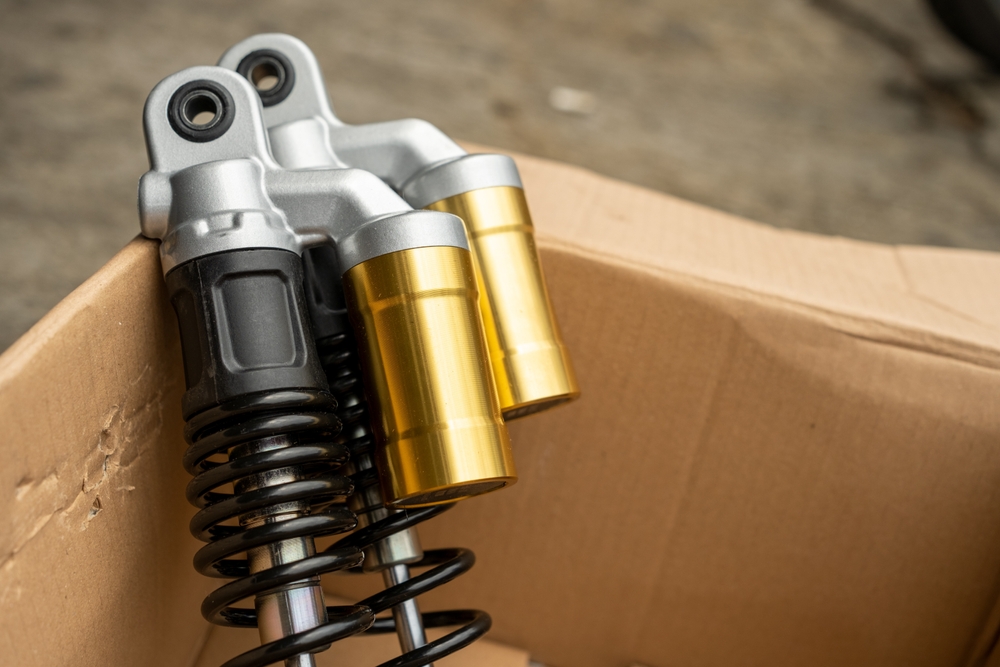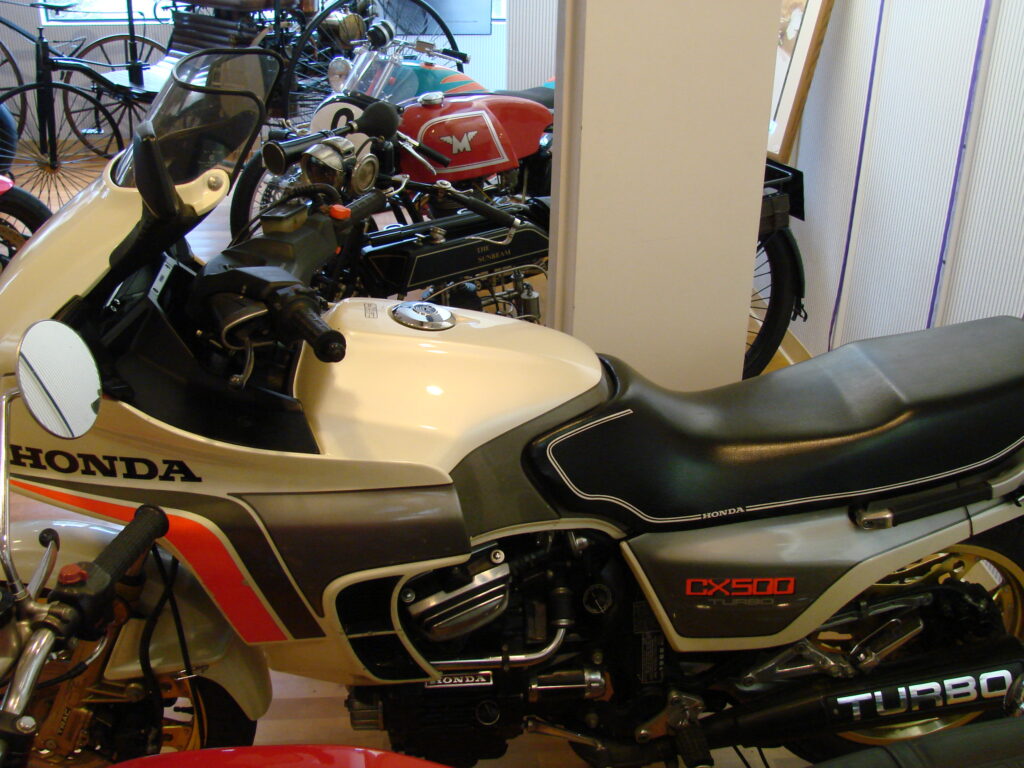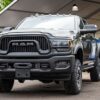Motorcycle innovation has brought about some incredible advancements over the years, but not every idea makes it to the open road. Some concepts, while promising, faced practical challenges that kept them from being fully adopted. We’ll explore 11 motorcycle technologies that never hit the road and why they didn’t make the cut.
Contents
Hub-Center Steering

Designed to separate braking and suspension forces, hub-center steering aimed to improve handling and stability. Bikes like the Bimota Tesi showcased this system, but riders struggled to adjust to the different feel it offered. Additionally, the complex engineering and maintenance demands kept it from becoming a viable alternative to traditional fork-based steering. Though innovative, it was ultimately too expensive and cumbersome to see widespread use. It remains a rare feature found only on niche models.
Active Suspension

Active suspension systems were engineered to dynamically adjust the damping and spring rates in real-time, depending on riding conditions. While the technology showed promise in improving comfort and handling, it introduced significant weight and maintenance challenges. Early versions were plagued by reliability issues, as the electronics couldn’t endure the harsh environment of a motorcycle. Ultimately, semi-active suspensions provided similar benefits without the same level of complexity. Fully active suspension systems never made it past the experimental phase.
Augmented Reality Helmets

Augmented reality helmets, with heads-up displays projecting speed, navigation, and other data directly onto the visor, seemed like the next big thing. Companies like Skully worked hard to bring this idea to market, but high production costs and complex engineering posed significant obstacles. Despite crowdfunding efforts, technical and financial problems halted production. Riders were left with more traditional helmet technology as the idea fizzled out.
Hydrogen-Powered Motorcycles

Hydrogen power, while cleaner than gasoline, faced numerous obstacles in motorcycle design. Hydrogen fuel cells were too bulky and expensive, severely limiting the size and performance of potential bikes. Safety concerns also arose over storing and using pressurized hydrogen on two wheels. Although Suzuki and others created prototypes, hydrogen-powered motorcycles never made it to mass production. Instead, electric motorcycles have taken the lead in the quest for cleaner alternatives.
Tilt-Sensing Stability Control

Tilt-sensing stability control was designed to monitor the motorcycle’s lean angle, stepping in to prevent dangerous skids or low-sides. Unfortunately, the early versions of this technology were often inaccurate, leading to abrupt interventions that disrupted the ride. With the rise of more reliable cornering ABS and traction control systems, tilt-sensing control became redundant. Manufacturers decided to focus on refining those technologies, leaving tilt-sensing systems behind.
Laser Headlights

Laser headlights were briefly explored by BMW as a way to provide brighter, more efficient illumination than traditional systems. However, the extreme cost and technical challenges of creating a safe laser headlight system for motorcycles proved insurmountable. Concerns about the safety of laser light beams and their high price tag further deterred adoption. As LED technology continued to improve, laser headlights became unnecessary and were eventually shelved.
Biofuel-Powered Motorcycles

Biofuels like ethanol and biodiesel were explored as green alternatives to traditional gasoline engines. However, the lower energy density of biofuels resulted in reduced performance and range, which did not appeal to most riders. Additionally, biofuel engines required modifications that increased both cost and complexity. Although biofuels are still used in some regions, they never caught on as a mainstream option for motorcycles.
Adaptive Windshields

Adaptive windshields were designed to automatically adjust their height and angle based on riding speed and conditions. While the convenience was appealing, the added motors and sensors increased weight and maintenance requirements. Riders found manual windshields to be simpler and more reliable, making adaptive systems seem over-engineered for little real benefit. Ultimately, adaptive windshields never found a foothold in the market and were largely abandoned.
Diesel Motorcycles

Diesel engines offered better fuel efficiency and longer engine life compared to gasoline engines. However, diesel motorcycles like the Royal Enfield Taurus were heavier, slower, and vibrated more than their gasoline counterparts. Riders found these bikes less enjoyable to ride due to the excessive weight and lack of power. With the advent of electric motorcycles, the push for diesel-powered bikes faded away.
Turbocharged Motorcycles

Turbochargers on motorcycles had a brief moment in the 1980s, with models like the Honda CX500 Turbo and Kawasaki GPz750 Turbo. While turbocharging improved performance, it also added complexity, turbo lag, and higher maintenance costs. Riders preferred simpler, naturally aspirated engines that were more predictable and reliable. As a result, turbocharged motorcycles quickly faded from the market.
Automatic Clutch Systems

Automatic clutch systems, like Honda’s Dual Clutch Transmission (DCT), aimed to simplify riding by removing the need for manual clutch control. However, many riders felt that it took away the engagement and control they enjoyed in operating a motorcycle. While DCT found a niche in some touring bikes, fully automatic clutches never gained widespread popularity due to this lack of rider appeal. The technology has remained limited in its application.
This article originally appeared in MyCarMakesNoise.
More from MyCarMakesNoise
17 Outdated Vehicle Features That Need to Go

Cars have come a long way over the years, but some outdated features have stuck around far longer than they should. From manual windows to cassette players, these relics no longer serve a purpose in modern vehicles. Read More.
18 Fastest Production Cars of the 20th Century

The 20th century saw the rise of some of the fastest and most iconic production cars in history. These vehicles pushed the limits of speed and technology, setting new benchmarks for performance. Read More.
19 TV Cars That Drove Their Way into Pop Culture History

TV shows have given us some unforgettable characters over the years, but it’s not just the actors who steal the spotlight. Some of the most iconic TV moments feature incredible cars that have become stars in their own right. Read More.














